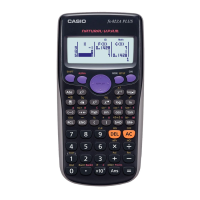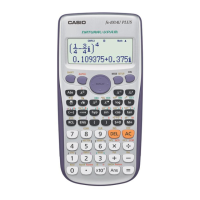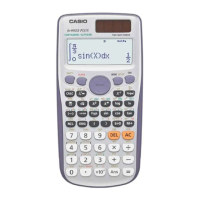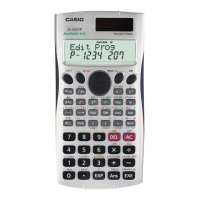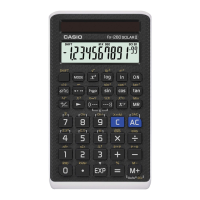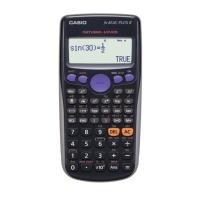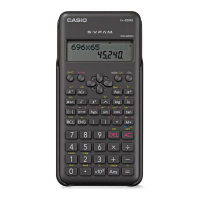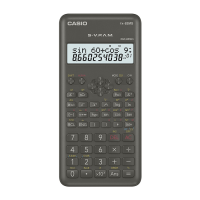(xnor)
Logical operator "xnor" (exclusive
negative logical sum), which returns the
result of a bitwise XNOR
(Not)
"Not(" function, which returns the result of
a bitwise complement
(Neg)
"Neg(" function, which returns the result of
a two's complement
All of the following examples are performed in the binary mode ( (BIN)).
Example 1: T
o determine the logical AND of 1010
2
and 1100
2
(1010
2
and
1100
2
)
1010 (BASE) (and) 1100 0000000000001000
Example 2: T
o determine the logical OR of 1011
2
and 11010
2
(1011
2
or
11010
2
)
1011 (BASE) (or) 11010 0000000000011011
Example 3: T
o determine the logical XOR of 1010
2
and 1100
2
(1010
2
xor
1100
2
)
1010 (BASE) (xor) 1100 0000000000000110
Example 4: T
o determine the logical XNOR of 1111
2
and 101
2
(1111
2
xnor
101
2
)
1111 (BASE) (xnor) 101 1111111111110101
Example 5: T
o determine the bitwise complement of 1010
2
(Not(1010
2
))
(BASE) (Not) 1010 1111111111110101
Example 6: To negate (take the two's complement) of 101101
2
(Neg(101101
2
))
(BASE) (Neg) 101101 1111111111010011
Note
• In the case of a negative binary, octal or hexadecimal value, the calculator converts
the value to binary
, takes the two's complement, and then converts back to the original
number base. For decimal (base-10) values, the calculator merely adds a minus sign.
49
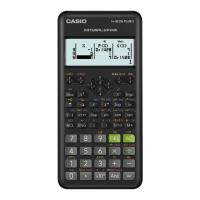
